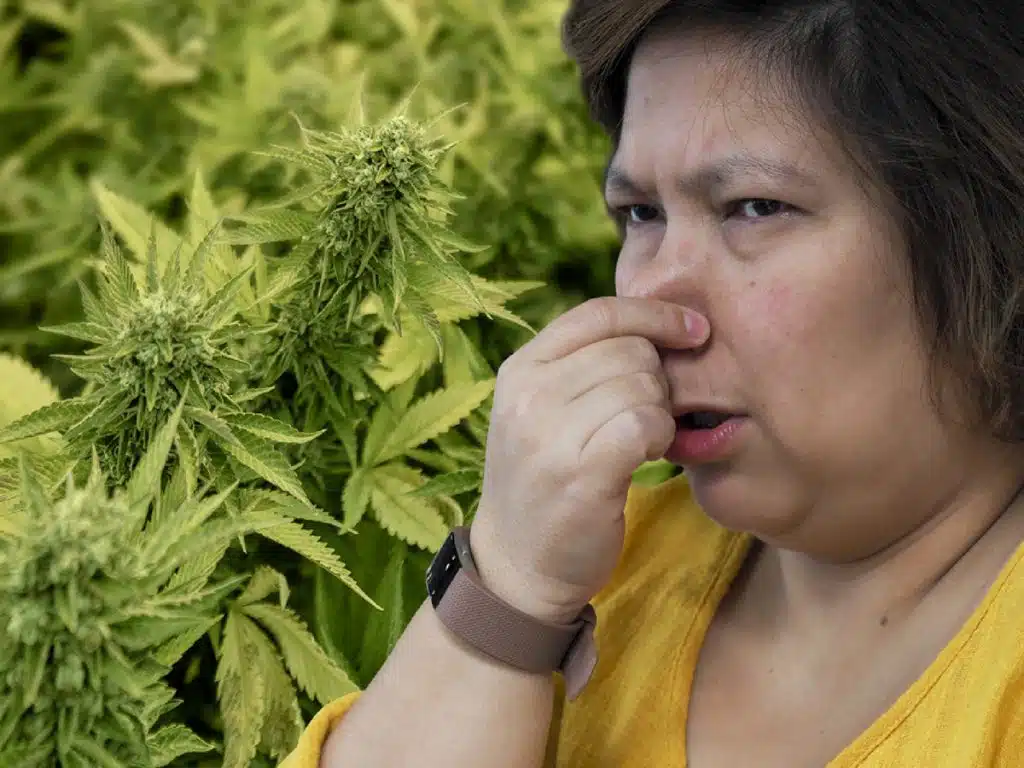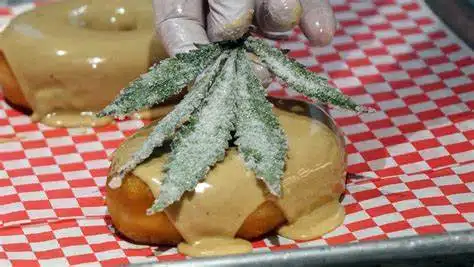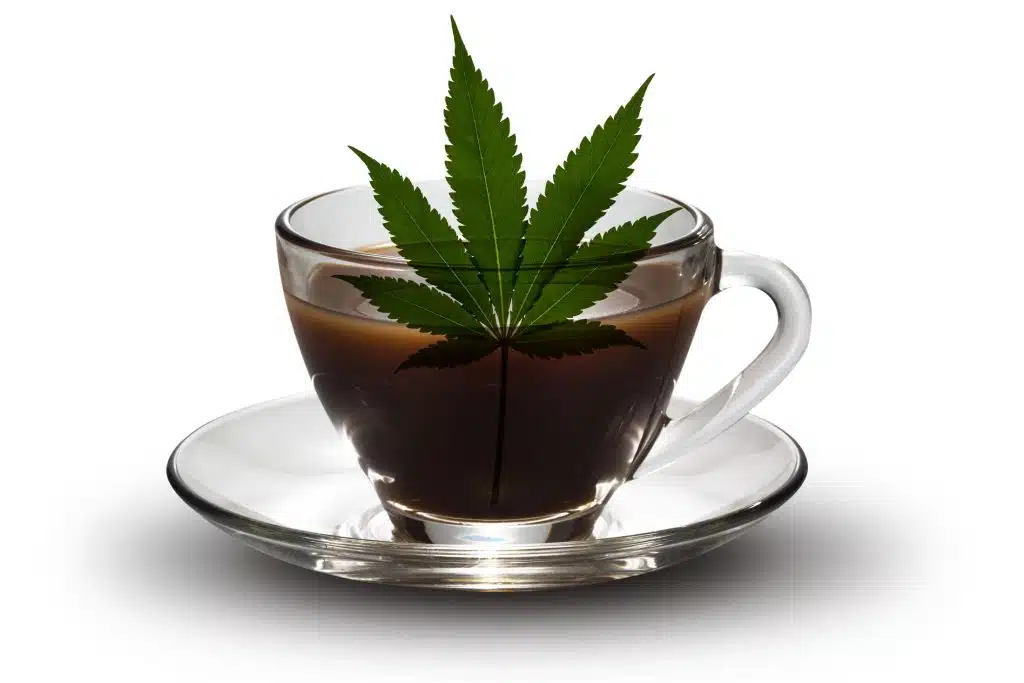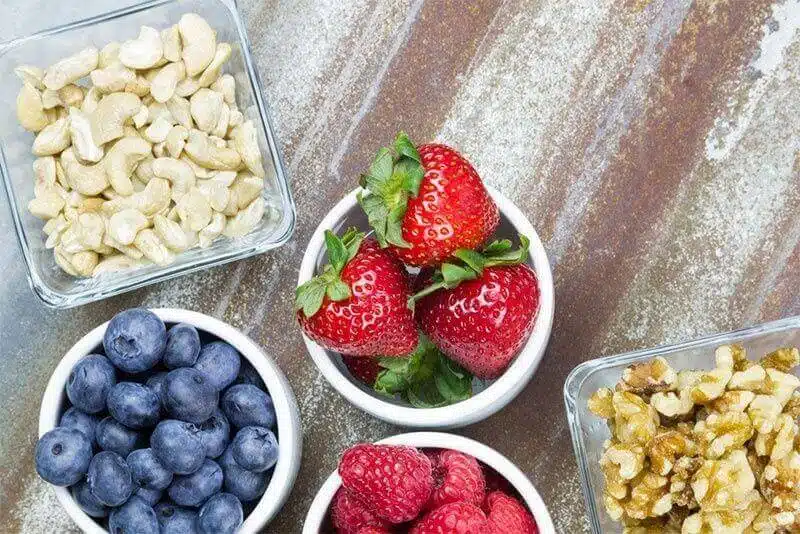Weed Growing – Soil Based vs Hydroponic
Weed Growing – Soil Based vs Hydroponic
One option is to grow cannabis using hydroponics, which is a much more efficient way of harvesting the plant. On the other hand, soil-based growing is also an option and can be more cost-effective depending on your needs. In either case, you’ll be able to produce a high-quality product. Many Canadians have been growing cannabis legally for almost two years now, and many people are starting to consider growing their own strains. Just like building a computer or fixing a car, there’s nothing better than creating something from scratch. Additionally, growing your own strains saves a lot of money and has enough stock to last for a while. So let’s take a look at the different grow methods and see which one is best for you.
Pros and Cons
Before getting into the nitty-gritty of hydroponic vs soil growing, let’s take a look at the pros and cons of both methods to help you decide which is the best option for you. When growing your own plants, the thought of harvesting large quantities of buds is definitely a motivator, but with government prices like this, we can understand why you might want to try growing your own cannabis! Growing cannabis outdoors using organic soil medium often results in higher yields than indoor hydroponic cannabis growing. However, if grown correctly, outdoor grows using organics can grow up to 2 meters tall and can produce up to 500 grams of high-quality cannabis flowers.
Indoors, you may be limited in size due to the size of the cannabis plants’ root systems. But with hydroponics, you can control the environment to provide the plants with the nutrients they need, which leads to larger yields. Furthermore, with hydroponics, you can control the temperature, humidity, and other growing conditions, which makes it easier to grow high-quality cannabis. Finally, by growing cannabis indoors, you can take advantage of all the benefits of hydroponics, such as precise nutrient delivery, controlled growing conditions, and less risk of stress on the plants.
Ultimately, it comes down to your specific situation. If you don’t have access to sunlight or space, then a soil-based approach might be a better fit for you. However, if you’re a first-time grower, we recommend taking the hydroponic approach. It’s simpler and requires less equipment and knowledge.
Quality or Quantity
Many people believe that growing marijuana indoors is the only way to get a high quality crop, but this isn’t always the case. Outdoors, plants can grow up to 15 feet tall and produce up to 10 pounds of flower, but this method has its own drawbacks. For example, it can take a lot of time to irrigate and care for a large garden, and the quality of the harvest can be affected if the right amount of time and effort isn’t put into it. In contrast, using automated hydroponic systems helps to speed up the process and produce a better quality product.
Indoor growers have the opportunity to grow a much greater variety of plants in a confined space than they would outdoors, thanks to hydroponic systems. With yields that are usually much higher than those achieved through growing plants outdoors, quality of the herb is often more than enough to make up for the lack of yield. This is because indoor growers are able to take full control of their plants’ environment, allowing them to do things like adjust watering and nutrient regimes, as well as the amount of light and CO2 they receive. This makes indoor growing a much more potent and successful option than outdoor growing for many types of plants.
Mediums
The debate over hydroponic vs soil cannabis has gradually become diluted due to the fact that the use of actual earth topsoil is no longer seen as a necessary component in indoor cannabis cultivation. Topsoil is, however, still commonly used outdoors, but even that is changing with the introduction of composted mediums that have less topsoil replaced with decomposing organic material, enhancing a fuller and more nutrient-rich medium. Using compost helps growers speed up things such as rot and the breaking down of organic matter, altering the chemical properties of the soil, the mineral content and the aeration and moisture retention within the medium. Compost is a great option as a slow release fertilizer, providing mineral elements to the medium during the plant’s life.
When choosing the right soil for your cannabis grow, there are a number of factors to consider, including the kind of cannabis you’re growing, where you’re growing it, and the climate you’re in. Here, we’ll look at some of the most common reasons to choose a particular soil type.
The texture of your writing style makes it seem elegant and persuasive.
Cannabis prefers loose soil with good drainage, which allows the plants’ roots to move freely and obtain more oxygen. This helps the plant grow more healthily and efficiently.
Our drainage ability is unmatched, allowing us to quickly dispose of any excess water or mud.
Watering your plants the right way can make a big difference in their health and growth. If the soil isn’t providing the right drainage, the water will pool on the surface and can cause your plants to get sick.
Water retention is a common issue that can be difficult to deal with. Our water retention products can help you get the best possible results.
Water retention is an important part of keeping your plants healthy and thriving. A good cannabis soil will have good drainage and be able to retain water, both of which are essential for a plant’s survival.
The pH value is a measure of how acidic or basic a substance is.
The pH is what determines the degree of acidity or alkalinity in your plant. Cannabis plants thrive at a certain pH level and going too high or too low can cause a problem. The average range you want the pH level to be is around 5.8-6.3 with the optimal level being 6.0 pH.
The nutrients in our foods give us the energy we need to stay healthy.
Adding nutrients to your soil is important to help your plants grow big and strong. Most nutrients in soil only last for a few weeks, so it’s important to know when the flower process begins and add your own nutrients. By adding organic substances like compost, worm castings, guano, and humus, you’re providing your plant with nutrients that it can access on demand.
If you’re growing your plants organically, they may require a different type of potting soil. Natural organic soils can come in a variety of different types, some of which are sandy, silty, loamy, and clay. Sandy soils are good for water drainage, but don’t hold water well. Silty soils have a lot of minerals and organic particles, and retention of water is good. Loamy soils are a mix of all four, with additional organic compounds, and offer good water retention, drainage, nutrients, and oxygen. Clay soils are heavy and difficult to work, with high levels of nutrients and minerals, but poor drainage.
When growing cannabis, you will need to add your own nutrients on a regular basis, as the natural soils are not perfect for this type of plant. There are however options available to improve the soil to create a better growing process. First, you can use coco coir, which is a coco fibre made from coconut husks. This fibre helps improve both water retention and lightening heavier compact soils. Second, you can use perlite, which is the most commonly used soil amendment. Perlite contains light white rocks that vastly improves both drainage and airiness of the soil, as well as improving the water retention. Third, you can use vermiculte, which is commonly used to help make the soil lighter but more importantly it is great at helping the soil retain water. Lastly, you can use worm castings, which contain a lot of useful microorganisms that contribute to a successful grow, improving texture, drainage and the water retention of the soil.
Aeroponics is a new technology that helps farmers grow crops without the use of soil. This system uses a mist of water and air to help plants grow. Aeroponics is a more efficient way to grow crops, and it is also easier to maintain.
Aeroponics is a systems that uses a grow chamber, where the roots become suspended in the air with no medium inside the closed loop system. This oxygen-rich environment allows the plants to digest and absorb the nutrients.
The deep water culture method is a sustainable way to grow produce that is immune to pests and fungus. This method uses a continuous flow of fresh water to cultivate the plants below the water line. The water is filtered and heated to a constant temperature, which keeps the plants healthy and free from pests and fungus.
This grow method uses bubblers to provide plants with nutrients and air, which helps to speed up growth times. The bubblers also help to provide plants with the best possible environment, ensuring they reach their full potential.
Drip irrigation is the most efficient and environmentally friendly way to water plants. It uses a small amount of water, and it helps to preserve water resources.
Each individual plant in a drip irrigation system receives its own nutrient-rich solution through a small dripper. The recycled solution passes through each chamber, providing the plants with the essential nutrients they need.
The nutrient film technique (NFT) is a very effective way to increase the yield and quality of crops.
This nutrient solution is being pumped onto a try, which then forms a shallow and slow moving film that targets the roots of the plant. The roots then grow into the solution, which creates a large root mat in the tray. This gives the roots access to water, nutrients and oxygen, speeding up the development and producing maximum yields.
The tides ebb and flow, constantly changing and providing an ever-changing environment for both flora and fauna.
Rockwool is a medium that helps produce large yields, and it helps to stimulate a natural cycle of rain, which produces a natural environment for the grow.
Hydroponic VS Soil Cannabis
When it comes to growing cannabis, the choice comes down to yield. Indoor cannabis production offers the best value, as it typically yields more cannabis than outdoor cultivation. Additionally, indoor cannabis cultivation uses more efficient and effective hydroponic and mediums, which leads to a faster growth cycle. However, outdoor cannabis cultivation can offer higher yields if done correctly.
Conclusion
If you are interested in cannabis and THC products, check out Ganja West online dispensary at ganjawest.co!












